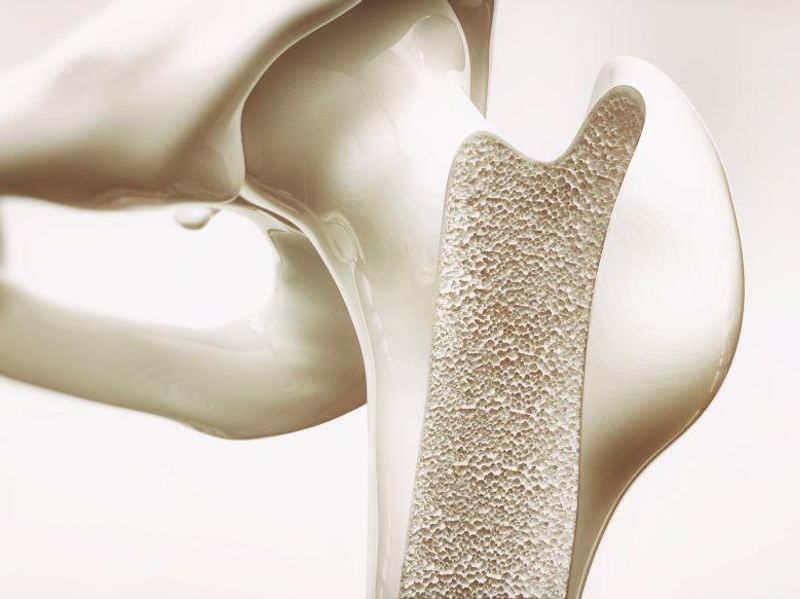Reduction only significant at the femoral neck of the amputated limb of amputees; greater reduction seen for above-the-knee amputees
By Elana Gotkine HealthDay Reporter
THURSDAY, May 18, 2023 (HealthDay News) — Individuals with combat-related traumatic injury (CRTI) have lower femoral neck bone mineral density (BMD), with this reduction significant only at the femoral neck of the amputated limb of amputees, according to a study published online May 17 in the Journal of Bone and Mineral Research.
Louise McMenemy, from the Centre for Blast Injury Studies at Imperial College London, and colleagues conducted a cross-sectional analysis of the first phase of a cohort study, including 575 male adult U.K. military personnel with CRTI, including 153 lower-limb amputees, who were frequency-matched to 562 uninjured men. Dual-energy X-ray absorptiometry scanning of the hips and lumbar spine was conducted to assess BMD.
The researchers found that the CRTI group had lower femoral neck BMD than the uninjured group (T-score, −0.08 versus −0.42). This reduction was significant only at the femoral neck of the amputated limb of amputees in a subgroup analysis, with a greater reduction noted for above-the-knee than below-the-knee amputees. No differences were seen between amputees and controls in spine BMD or activity levels.
“We need to investigate the role of prosthetics and exercise in reversing bone mineral density loss to reduce the longer-term risk of hip fracture,” a coauthor said in a statement. “Because systemic treatments like bisphosphonates are not indicated in this young population with bone mineral density loss, it is important to understand other ways to reduce their hip fracture risk.”
Copyright © 2023 HealthDay. All rights reserved.








